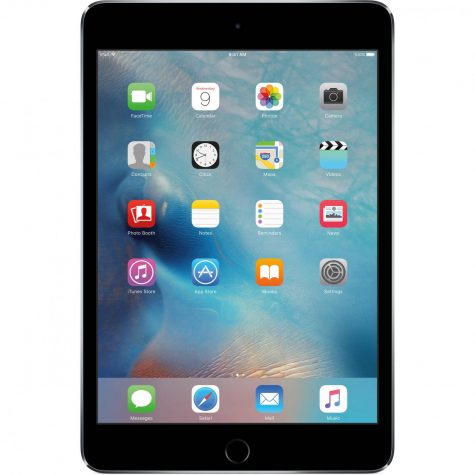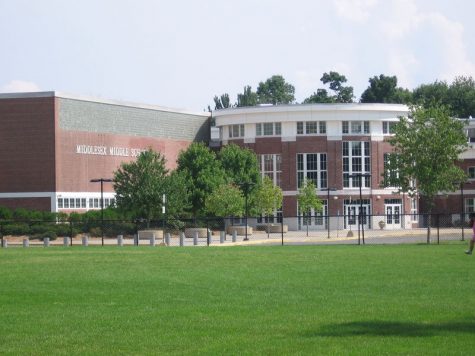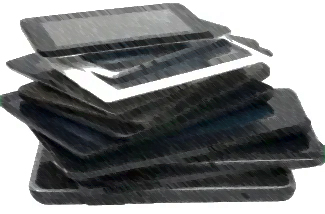DHS iPads and eWaste
eWaste is a global problem, which raises the question of what DHS plans to do with the seniors' iPads come June. Will it be Reduce, Reuse, or Recycle? or Not?
January 15, 2020
What is the school going to do with the 1:1 iPads when the students graduate? That was one of the very first questions that came to my mind when the school announced that they were going 1:1. Apple devices only have about a 4-year lifespan on average, [1] which means that by the time my fellow students in the class of 2021 graduate, our iPads will be near the end of their useful life–already the current new iPads have stylus support, unlike ours, as well as a faster and better CPU that is more capable of running newer iOS versions. Because of this recollecting and re-issuing, giving these aging iPads to students for another 4 years of use clearly doesn’t make sense–which means that the school only has a few options left.
Option 1: Recycling.
This is by far the worst option. It is just bad. While electronics recycling is much better then just putting them in the landfill as it allows us to recover rare

metals and other materials, it is still very very wasteful, requiring the device get melted down, which can release toxic fumes, and some parts of the device still go to waste. In fact, “50%–80% of e-waste that recyclers collect is exported overseas, including illegally exported e-scrap, which is of particular concern. Overall, the inadequate management of electronics recycling in developing countries has led to various health and environmental problems.” [2] Reusing is always better than recycling, and, while the iPads are near enough to the end of their useful life to not be worth re-issuing to incoming DHS freshmen, students need a reliable and fast device for critical school work; the iPads could still be useful in a different application. They are just not worth trashing.
Option 2: Let the students keep them.
This is one of my personal favorite options, mostly because I just want another computing device to play with. But it has additional advantages as well–it requires the least effort from the school, and the devices are not so old that they can’t still be used for light personal use, or resold, or recycled by the individual students–this gives students the flexibility to choose what they want

to do with their devices, and this course of action can help extend the useful life of many of the iPads. The main disadvantage to this approach is that some of the iPads may be brought to a landfill instead of being recycled properly, which could offset the advantages of extending the lifespan of some iPads. A way to solve this may be for the school to offer to collect and recycle them for the students who want to return them.
Option 3: Donate them.
 This is also a very good option. In many ways, it is even better than option two. Basically, the idea is that even though the iPads may be aging, there are still people who can take advantage of them, which can help solve the computing divide in education. There is still a shocking number of people without computing devices, and corporate eWaste, such as our school iPads, are perfect candidates for donating because there’s a large number of them that are all identical–which makes training and maintaining them easier, even if they lack all of the newest bells and whistles.
This is also a very good option. In many ways, it is even better than option two. Basically, the idea is that even though the iPads may be aging, there are still people who can take advantage of them, which can help solve the computing divide in education. There is still a shocking number of people without computing devices, and corporate eWaste, such as our school iPads, are perfect candidates for donating because there’s a large number of them that are all identical–which makes training and maintaining them easier, even if they lack all of the newest bells and whistles.
Option 4: Reissue to lower schools.
Right now the elementary schools and middle school use Chromebooks, but the school could re-issue the collected iPads, which would provide a more unified experience for the students rather then switching their devices mid-way through their

education. However, it could also cause an issue for teachers who have been trained for Chromebook use, and, given that the elementary school students are expected to keep their 1:1 devices throughout all of middle school, having a more durable and newer Chromebook is probably
preferable to an iPad.
So what does the school actually plan on doing? I asked Jeff Adams, head of IT for the district. His response was basically that the school doesn’t know and isn’t planning on knowing until June. I guess I will publish a new article when they decide.
